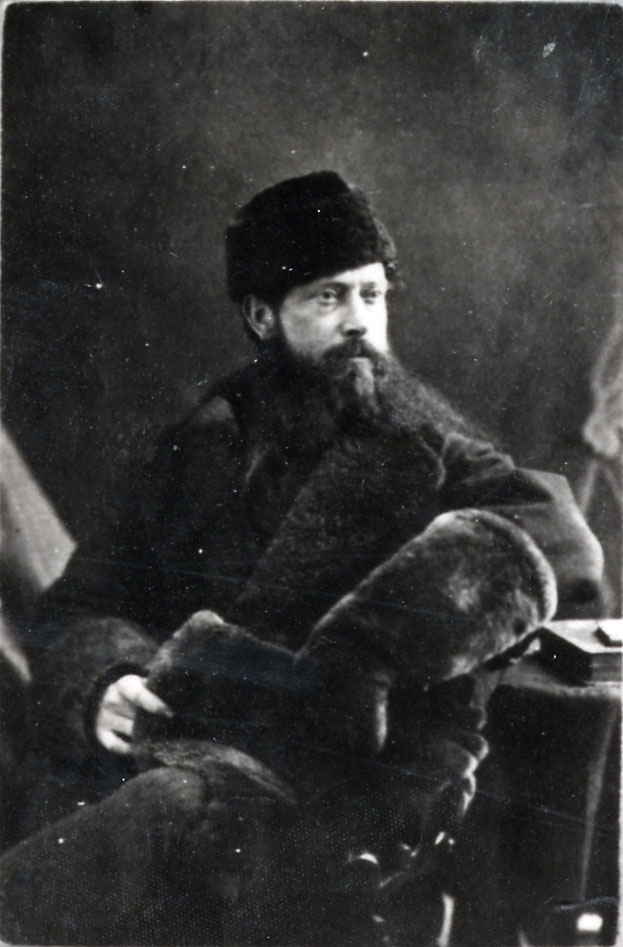It’s about 14 kilometres from Erindale Secondary School to Dixie Outlet Mall which, give or take traffic, will take about 20 minutes to drive.
But on a horse? You’ll probably spend more than an hour or two in the saddle.
Which is where Dr. Beaumont William Bowen Dixie spent a good portion of his 55 years treating the folks who lived in the area we now call Mississauga.
The Welsh-born Dr. Dixie arrived in the area in 1843. He’d just received his medical license that year after graduating from the Toronto School of Medicine, the precursor to the University of Toronto’s medical school.
He was 24 years old.
Two years earlier he had married Joanna ‘Anna’ Skynner, named for her mother, herself once a young bride to Captain John Skynner, a retired Royal Navy officer, who retired to The Anchorage in Clarkson, now a city museum.
The young Dr. and Mrs. Dixie’s first home, The Grange in Erindale, is also now a place of historical significance as the headquarters for Heritage Mississauga.
When Dr. Dixie lived there, The Grange was also his office and drug dispensary, with one wall lined with medical books and the other with bottles of all shapes and sizes containing salves, balms and chemical mixtures to treat his colonial-era patients.
His office also contained pistols and lanterns, equally important tools of the trade for a travelling country doctor who likely spent much of his time riding the lonely roads of Toronto Township, where the threat of highwaymen or wild animals was likely a common concern.
He’d travel by horse, buggy and sleigh, whatever the weather, and he installed a bell on his back porch to alert his driver to harness up the horses, day or night.
But not all terrors came from the woods.
Epidemics were a common threat in colonial-era Upper Canada, particularly to children and the Dixies, despite the good doctor’s knowledge, were not immune.
Between January 1853 and August 1854, the couple lost all four of their young children to diphtheria, a bacterial infection that attacks the throat, nose, tonsils and skin.
The first to die was the youngest, baby Anna, aged five months. Then the three-year-old toddler Ellenor a few months later in July.
The following August, diphtheria was back in the Dixie home, possibly unintentionally brought into the home by Dr. Dixie himself. It claimed eight-month-old Woltson on August 9, 1854; his five-year-old brother Willoughby six days later.
All are buried in St. Peter’s Anglican Cemetery beneath four small crosses.
There would be two more daughters, Mary Amelia and Christianna, before Anna died in 1867. The following year Dr. Dixie married Elizabeth Blakely, who gave birth to their only child Sarah Bertha in 1869.
By this time Dr. Dixie was a prominent and respected physician. He and fellow practitioner Dr. Sutton of Cooksville were strong advocates for public health measures to reduce the threat of epidemics and disease, born from the experience of treating the deadly diseases of the colonial era.
There was the cholera pandemic, which raged from 1845 to 1853, soon after Dr. Dixie started his practice, and which returned from 1865 to 1868. In addition to it and the outbreaks of diphtheria that killed his children, Dr. Dixie also confronted waves of smallpox and typhus.

A young Dr. Dixie dressed for a ride in his sleigh to visit patients in Toronto Township. (Photo courtesy of Heritage Mississauga)
Because of all he witnessed, Dr. Dixie passionately advocated for access to clean and safe drinking water, talking with the people of Toronto Township about the importance of sanitation and cleanliness as practical ways to protect themselves and their families from infections.
He travelled from his home in Erindale across the length of modern-day Mississauga, which at the time was just a series of small villages and settlements, including the community of Sydenham that had developed near Etobicoke Creek.
Back then rural hamlet often consisted of little more than a few buildings located at the four corners where two concessions met, surrounded by farms, mapped out along the evenly spaced lines of colonial surveyors.
The community of Sydenham was also known sometimes as Fountain Hill, however, the impending arrival of a new post office meant residents needed to choose a permanent name, one that would preferably allow the little place to be easily identified.
Sydenham didn’t fit the bill because Upper Canada already had a couple of communities with that name, so residents elected to rename the village in their beloved doctor’s honour.
Dixie.
When Dr. Dixie died in 1898 at the age of 72, his family closed his office and dispensary, locking the door.
It remained that way, untouched, for 38 years, creating a time capsule of early colonial medicine.
Today some of Dr. Dixie’s tools, books and medicines are part of the collection of the Peel Art Gallery, Museum and Archives (PAMA).
A weekend party at Benares, with Naomi on the far right. (photo courtesy Museums of Mississauga)
You can hear more stories about the people and events that helped shape Mississauga via our podcast, We Built This City: Tales of Mississauga, available on your favourite podcast platform or from our website.
